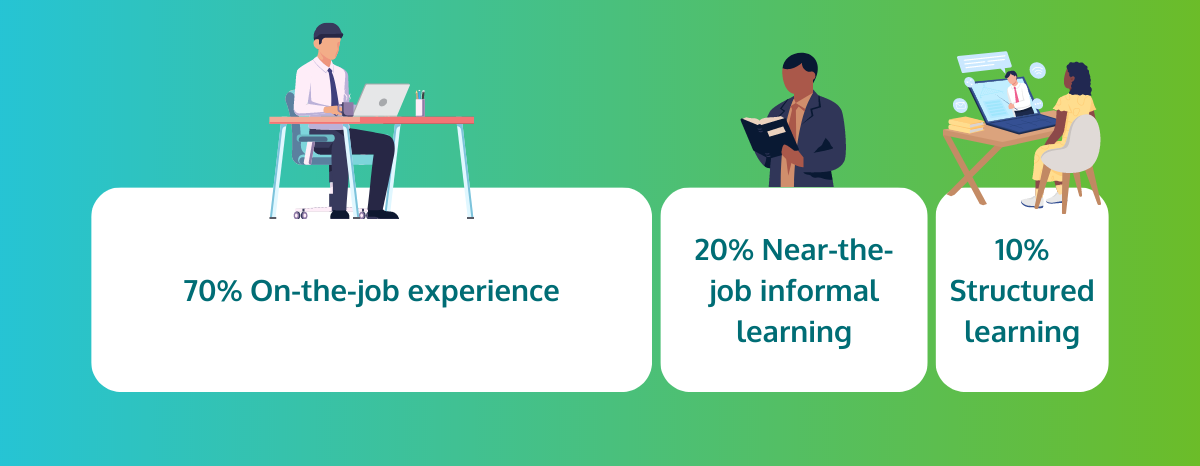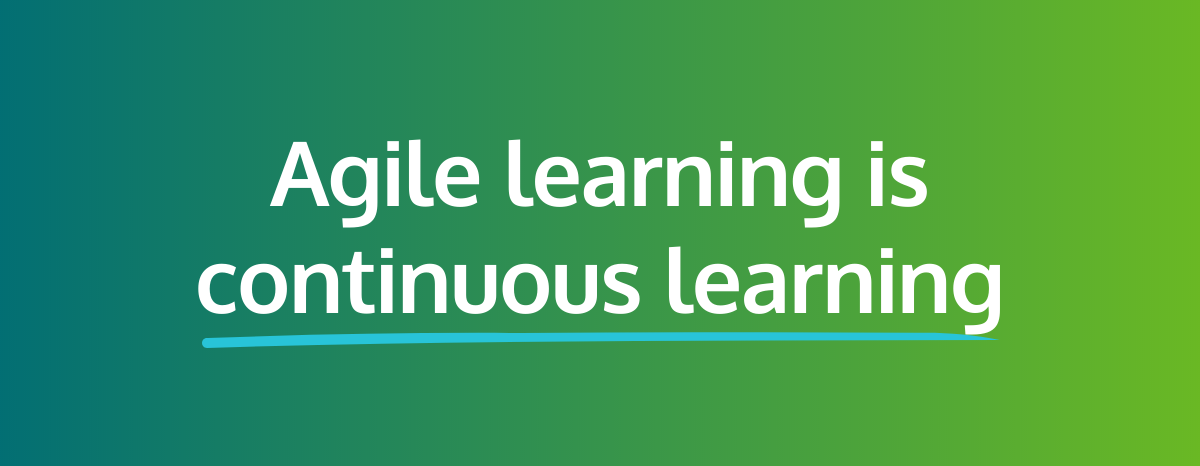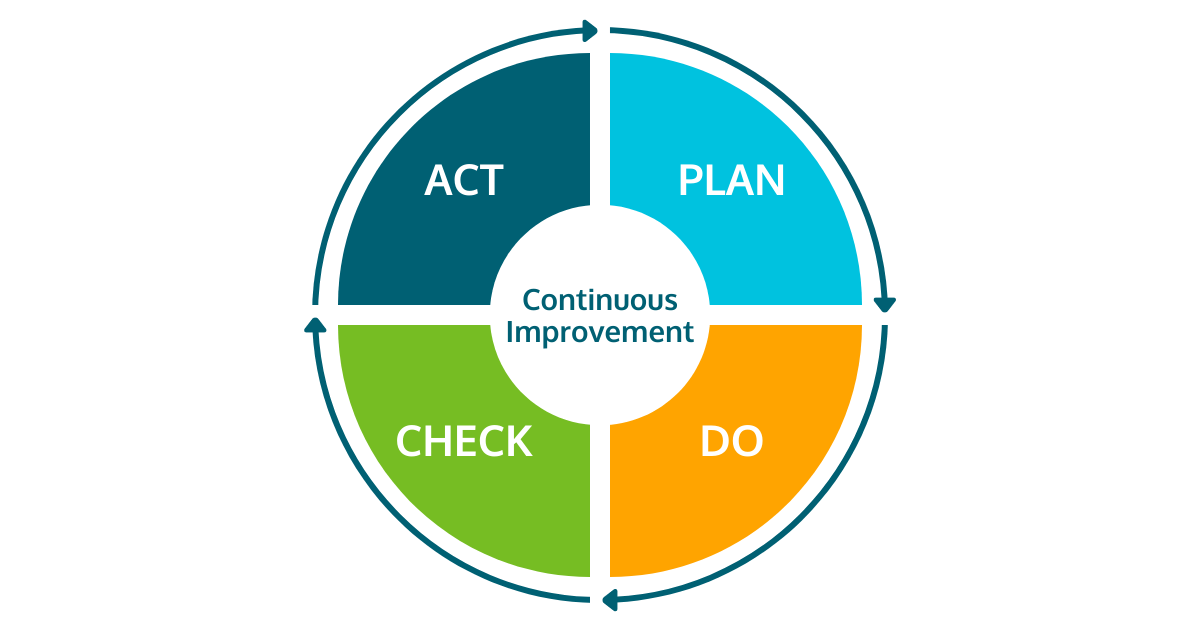Improve your Marketing Ops every week
Subscribe to our blog to get insights sent directly to your inbox.
Confront your process problems head on with a Sherpa by your side.
Explore support options that are tailored to meet you wherever you are on your climb.
Browse our pioneering Agile marketing courses
Learn from the stories of marketers already on the road to process improvement.
Featured Resource

State of Agile Marketing
Learn from 8 years of study on how marketers are increasing their agility.
Download Report
Quick, apply the Pythagorean theorem to solve for X!
If a quick chill just ran down your spine because you absolutely don’t remember anything from 8th grade geometry class, don’t worry. We’re both not judging you and don’t really care if you can solve for X. We’re just making the point that most people forget the vast majority of the knowledge they learn over a lifetime.
What does this all have to do with Agile?
Sustaining an Agile transformation requires not just having team members learn Agile principles and ways of working, but ensuring they retain that knowledge over time. Otherwise, you end up at severe risk of backsliding and “fake Agile”.
And yet, many organizations will finish an Agile transformation and consider the process 100% complete. Now it’s just time to enjoy the bright Agile future they’ve built. It’s a bit like someone building a new home and on the day they’re done saying “glad I’ll never have to do any work on this place ever again.”
If only…
So it’s time to learn how to harness the power of Agile learning to sustain your transformation.
While traditional learning is focused on how to best ingest information. For marketing teams, this usually translates into questions like “how can we determine whether our customers will respond to X?”
Agile learning focuses on taking a continuous approach to acquiring knowledge. Instead of simply considering how to best learn something, it’s about the process: breaking things down into smaller steps so ideas can be tested and refined more frequently. Often, marketers will use elements of Scrum to structure this kind of learning.
So learning becomes about constantly working towards better ideas, processes, and outcomes instead of answering a single question.
A perpetual risk in any learning process is that theory will get away from practice. You study some concept about, for example, how to manage backlogs more effectively, but by the time you try to actually apply it you’re left confused. Chances are you’ve experienced this yourself at some point and it’s why the 70-20-10 rule is so fundamental for Agile marketing training.

The rule is about breaking up learning so only 10% is structured learning like workshops or eLearning, 20% is semi-structured activities like coaching or consuming user-generated content, and 70% is putting it into practice.
Consciously breaking down your Agile learning this way helps ensure that concepts that sound great in theory but fail in practice get weeded out quickly. Instead, people quickly apply learnings to real-world situations to test them and see what works. It’s the foundation of the kind of continuous learning you want to aim for.
Let’s say you begin with the assumption that married couples in their mid-30s are your target demographic. So you decide to test that assumption by running ads pointing to a landing page and analyzing the resulting Google Analytics results.
You learn that actually, your product performs much better (statistically significant) with people in their mid-20s in one part of the world, and in their mid-30s in another. Now you’ve got a new set of more detailed questions trying to understand why.
You try A/B testing two versions of the landing page in each region to see what aspects of the product are resonating with those age groups and hold brainstorming sessions to guess what regional differences might be driving the changes.
At each stage, you are testing assumptions and trying to determine what your customers really find valuable. The process doesn’t simply end when you figure out what group likes your product because that information is just the beginning.
A major problem with the way we tend to approach learning is that we like to think of the process having a definite starting and ending point. We want to check a box and say “all done, I’ve learned that now.” But the reality is that the world is changing faster than ever so our learning has to be able to keep up.
That’s why the first and most important benefit of Agile learning is its ability to create a culture of continuous learning. Instead of relying on people to remember to improve processes, check assumptions, and generally look for ways to continuously improve, Agile learning builds that in. This ensures we continuously evolve and adapt over time.

This helps avoid one of the most common Agile problems: backsliding. 29% of Agile marketers report that team members have reverted to old (non-Agile) approaches. Often this undoes months of planning and work, wasting all the resources that have been put into the Agile transformation, hurting faith in Agile overall, and undermining its ability to continue delivering value.
Agile learning keeps the focus on improvement, so if someone thinks things were better with old methods, they’re encouraged to experiment and try to improve instead of simply abandoning Agile altogether.
Building an Agile learning culture helps ensure teams remain laser-focused on customers, improving efficiency, and solving problems.
Before learning how to apply Agile learning, why don't you take a second to get our Agile Marketing Transformation Checklist?
That all sounds amazing, but how do you actually implement Agile learning in practice? Besides sticking to the 70-20-10 rule, it’s important to remain flexible in your approach.
To ensure learners have support and materials they can use throughout the 70%, 20%, and 10% portions of the learning process, it helps to provide self-paced learning, materials they can refer back to, and the ability to access experienced coaches for specific questions. Giving people access to this range of resources helps ensure they won’t get stuck
Those coaches are a key component, because Agile learning isn’t a one-size-fits all process. Adapting it to your team’s needs requires an understanding of the fundamentals and experience adapting them. In other words, relying solely on static information will often result in teams struggling to adapt.
For example, let’s say your team runs two week sprints but finds that some tests they want to run take 1-2 months to complete. They do some research and find out about epics, so they start using them. But then, the epics get neglected and forgotten about because they suddenly feel disconnected from the individual sprints.
These are moments where an experienced Agile practitioner can help suggest solutions that keep teams focused, effective, and not wondering what they’re doing wrong.
Obviously, creating and sustaining Agile learning in the long-run requires cultivating the right culture. But what does that look like in practice?
The cultural side of Agile learning is about empowering individuals to seek out and use learning resources without being commanded to. This requires making them available and ensuring leaders are suggesting learning instead of sweeping in to solve problems.
When leaders jump in to solve problems themselves, they take away the vital sense of autonomy and empowerment that Agile seeks to cultivate. They can be available to answer questions and offer ideas, but the ultimate responsibility for solving problems has to lay in individual contributors.
All of this ties in to the importance of servant leadership in Agile learning cultures. Here, leaders model a behavior of humble curiosity, where instead of pretending to know all the answers, leaders focus on rallying teams to find solutions together. This behavior is the foundation of any effective Agile learning culture.
One easy way to think about the Agile learning cycle is through the Plan-Do-Check-Act (PDCA) Cycle. So while “cycles of continuous learning” may sound somewhat abstract, this approach breaks it down into specific and concrete steps. Following these steps enables you to reliably generate learnings you can rely on to deliver more value to your stakeholders.

Effective Agile learning begins with well-thought out experiments. Instead of simply saying “let’s do X and see how it goes,” you should consider what you want to learn, what metrics you will use to measure success, how long the experiment will run, etc.
Setting these criteria from the start helps avoid the common situation where our own biases get in the way of objectively determining success or failure.
Here’s where you execute the plan you’ve developed. If you’re using daily standups, you can check in regularly to see how things are progressing.
Once you’ve completed your test, it’s time to evaluate your results. It’s tempting to simply label something as a success or failure and move on, but actually discussing the results in something like a retrospective makes an enormous difference. It’s an opportunity to ask questions, probing what lessons we can really draw as well as brainstorming next steps.
Finally, it’s time to put the lessons learned into practice. That also involves thinking about new experiments to test the new questions that have arisen from the last experiment. Remember this is a never-ending cycle, so there should always be next steps, even if it’s just setting a reminder to discuss a question again in 6 months.
Creating an Agile learning culture obviously requires a lot of resources, both human and informational. The good news is that we’ve spent years compelling precisely the kinds of resources you need into a single platform we call The Ropes. In it, you’ll find a wide range of short, digestible lessons about things like diagnosing your current culture, prioritizing, building Agile teams, and much, much more.
Before moving on, why don't you take a second to get our Agile Marketing Transformation Checklist?
Subscribe to our blog to get insights sent directly to your inbox.
Subscribe to our blog to get insights sent directly to your inbox.